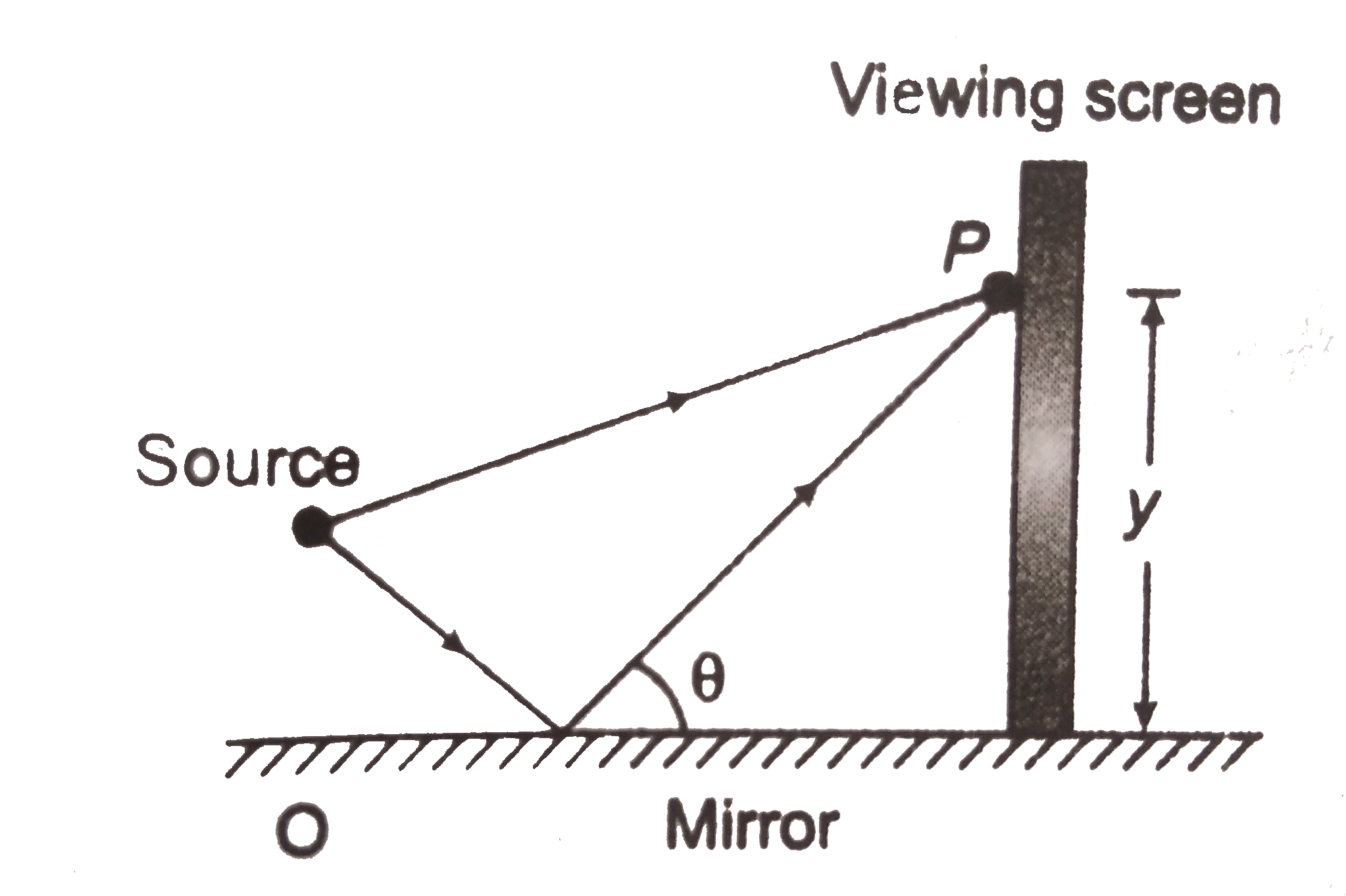The diagram below shows a point source P inside a water container. Four rays A, B, C, D starting from the source P are shown up to the water surface.

Name the phenomenon which the rays B and D exhibit.
The ray B exhibits the phenomenon of refraction.
The ray D exhibits the phenomenon of total internal reflection.
Topper's Solved these Questions
Similar Questions
The diagram below shows a point source P inside a water container. Four rays A, B, C, D starting from the source P are shown up to the water surface.

Show in the diagram the path of these rays after striking the water surface. The critical angle for water air surface is 48∘.
View SolutionFigure shows a point source P inside a water container. Three rays A,B and C starting from the source P are shown up to the water surface.
(a) show in the diagram the path of these rays after striking the water surface. The critical angle for water-air surface is 48∘. (b) Name the phenomenon which the rays A, B and C exhibit.
 .
.
View Solution
Knowledge Check
A point source of light is placed at a depth of h below the surface of water of refractive index μ. A floating opaque disc is placed on the surface of water so that light from the source is not visible from the surface. The minimum diameter of the disc is
A2h(μ2−1)1/2B2h(μ2−1)1/2Ch2(μ2−1)1/2Dh(μ2−1)1/2
Figure shows the section of a semi-circular glass slab having its centre at O. three rays of light A,B and C of the same colour are incident on the slab and strike on the edge XY at the point O. the light ray B suffers refraction along OB'.

(a) On the diagram, mark the critical angle by C.
(b) The rays enter the slab undeviated. give reason.
(c) Draw the path of rays A and C after they strike the edge XY.
(d) Name the phenomenon which the rays A and C exhibit.
View SolutionThe diagram shows a point object P in front of a plane mirror MM1.
Complete the diagram by taking two rays from the point P to show the formation of its image.

View SolutionRefer the figures A , B , C and D given below. Which of the following option shows the correct name of the animals shown by the figures A , B, C and D ?

View SolutionThe diagram below shows the position of two divers A and B in river water at the depth of h1 and h2 respectively from the water surface.

Which of the two divers (A or B) will experience more pressure by the water?
View SolutionIn figure, PQ and PR are the two light rays emerging from an object P. the ray PQ is refracted as QS.

(a) state the special name given to the angle of incidence ∠PQN for the ray PQ.
(b) What is the angle of refraction for the refracted ray QS?
(c) Name the phenomenono that occurs if the angle of incidence ∠PQN is increased.
(d) The ray PR suffers partial reflection and refraction on the water-air surface. give reason.
(e) Draw in the diagram the refracted ray for the incident ray PR and hence show the position of the image of the object P by the letter P' when seen vertically from above.
View SolutionA point source is placed at a depth h below the surface of water (refractive index = mu). (a) Show that light escapes through a circular area on the water surface with its centre directly above the point source. (b) Find the angle subtended by a radius of the area on the source.
View SolutionInterference effects are produced at point P on a screen as a result of direct rays from a 500 nm source and reflected rays from a mirror, as shown in figure. If the sources is 100m to the left of the screen and 1.00 cm above the mirror, find the distance y (in milimeters) to the first dark band above the mirror.

View Solution
